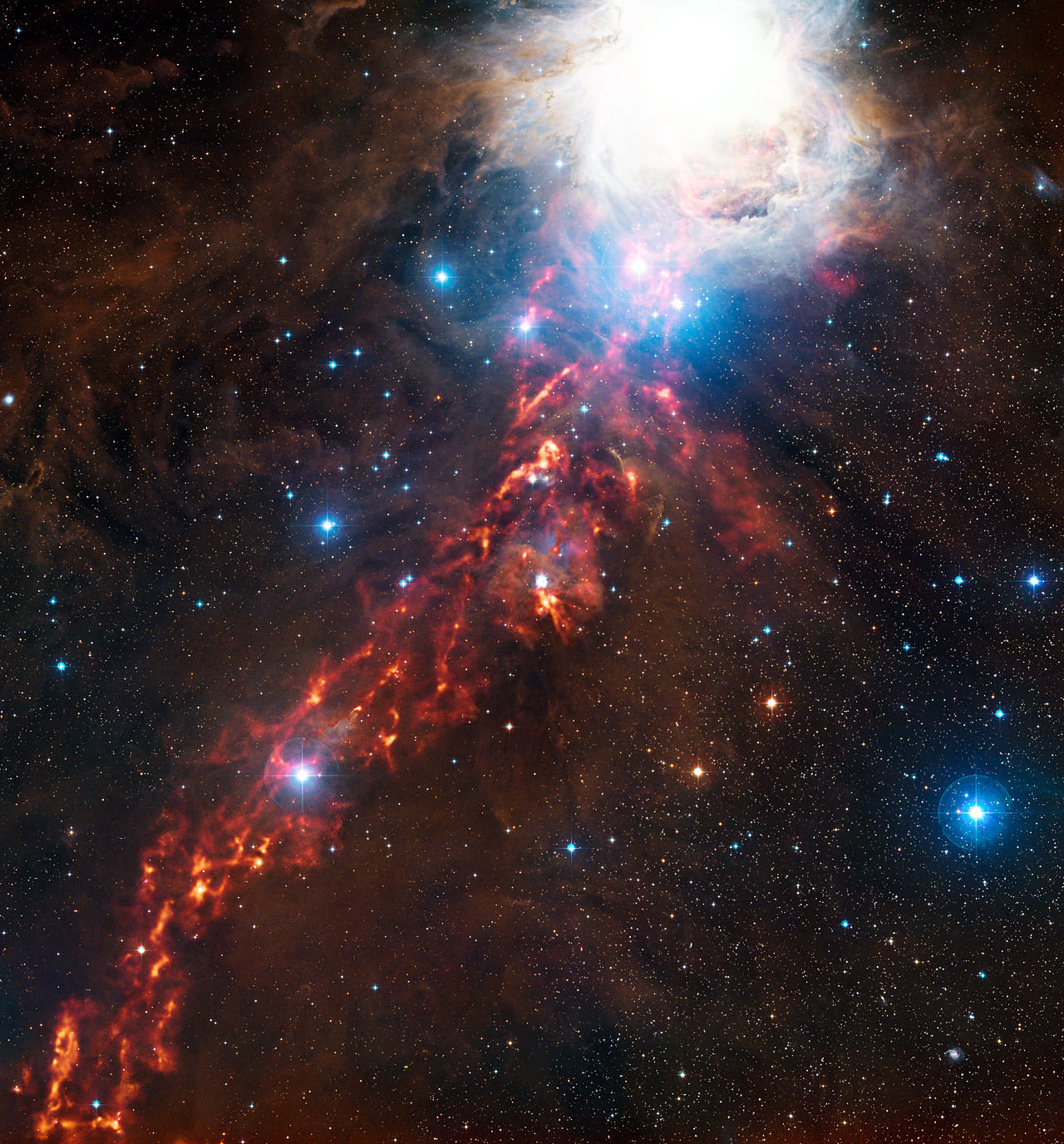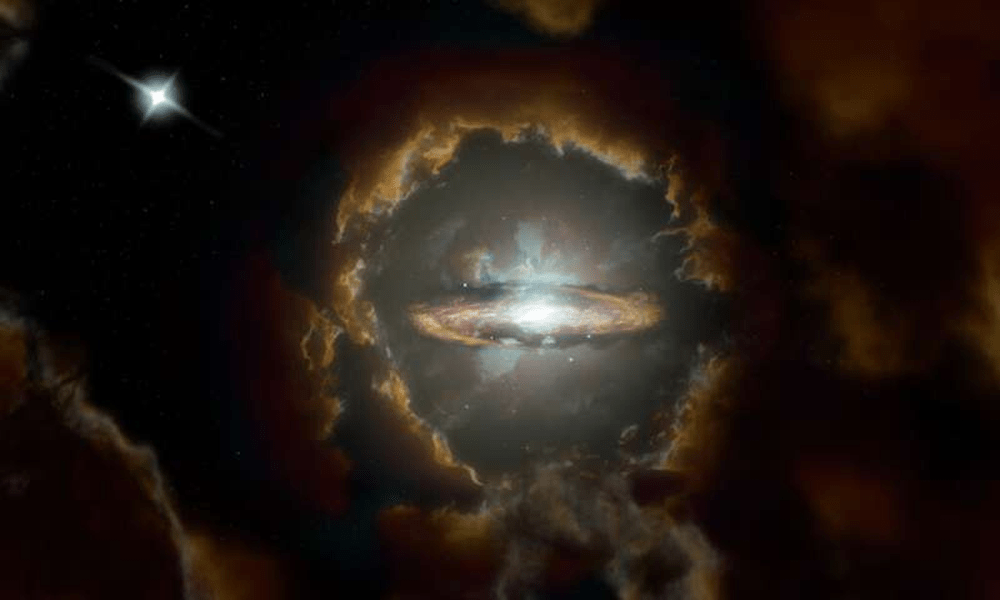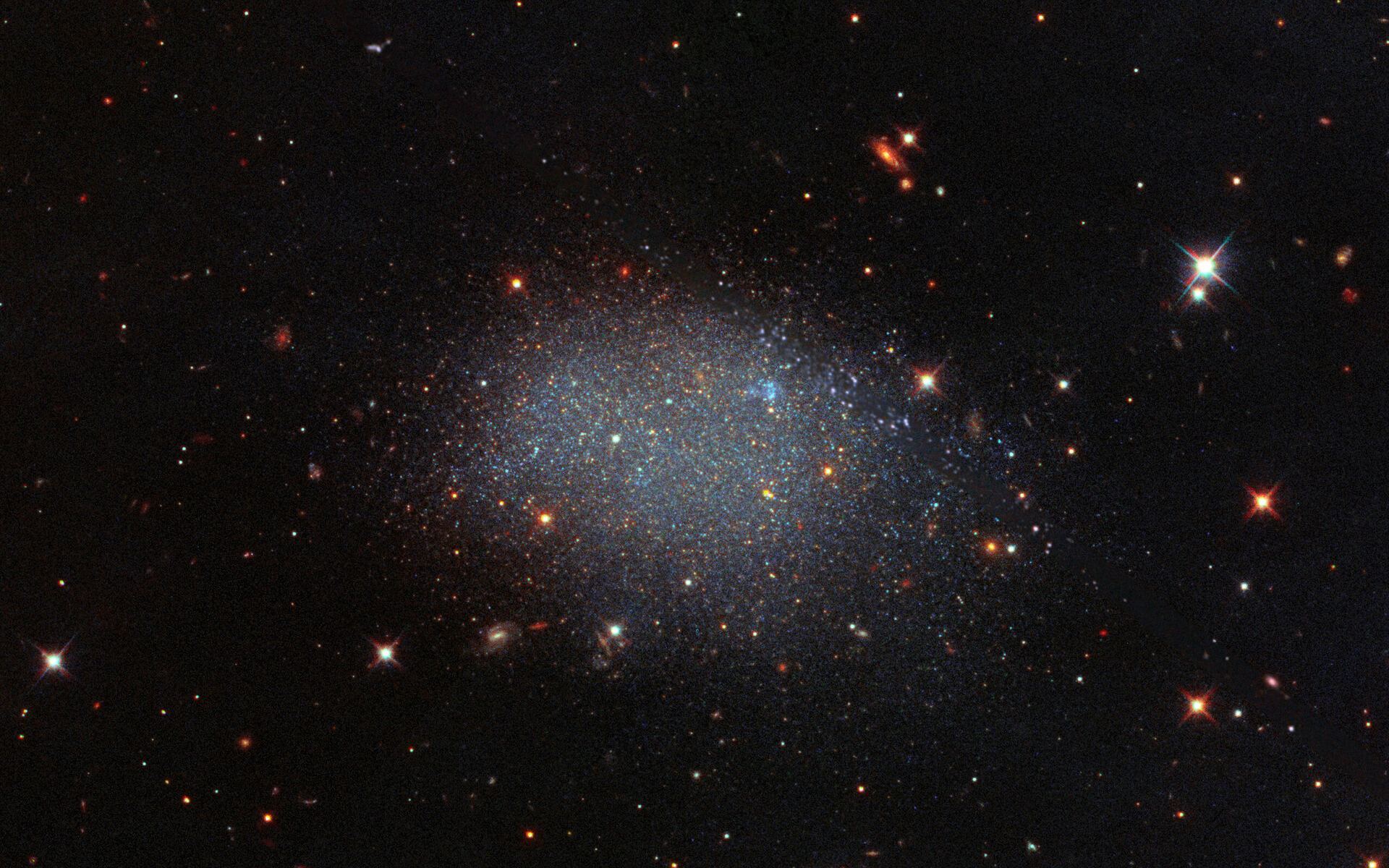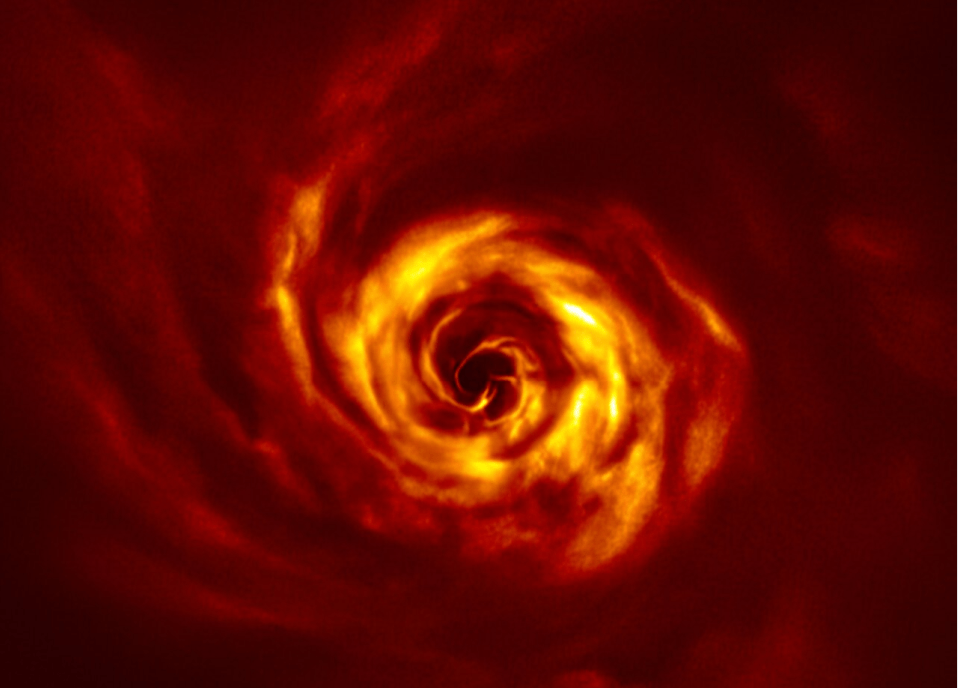How to see SpaceX’s Crew Dragon Demo Two mission in orbit.
Update: As you probably know by now, yesterday’s Crew Dragon Demo-2 launch was scrubbed due to weather violations. This is a tough one, as seas need to be relatively calm along the entire Atlantic launch track, in the event of an abort. The next launch is set for Saturday, May 30th at 3:22 AM EDT/20:33 UT, with a backup launch date of Sunday, May 31st at 3:00 AM EDT/20:00 UT. As it stands, weather prospects for both dates are currently at a 60% chance for launch violation. The weather prospects and sighting graphics in this article are updated to reflect the new launch dates, and of course, we’ll be tracking changes on Twitter as @Astroguyz.
It’s been a long time coming.
Nearly nine years after Space Shuttle Atlantis on mission STS-135 landed at the Kennedy Space Center on July 21st, 2011, crewed missions are about to resume from U.S. soil this week, with the launch of a SpaceX Falcon 9 rocket with the historic Crew Dragon Demo 2 mission, carrying NASA astronauts Douglas Hurley and Robert Behnken to the International Space Station. And with any luck and clear skies willing, you may just be able to spy the mission chasing down the station this weekend.
Continue reading “Spot SpaceX’s Crew Dragon After This Weekend’s Historic Launch”










